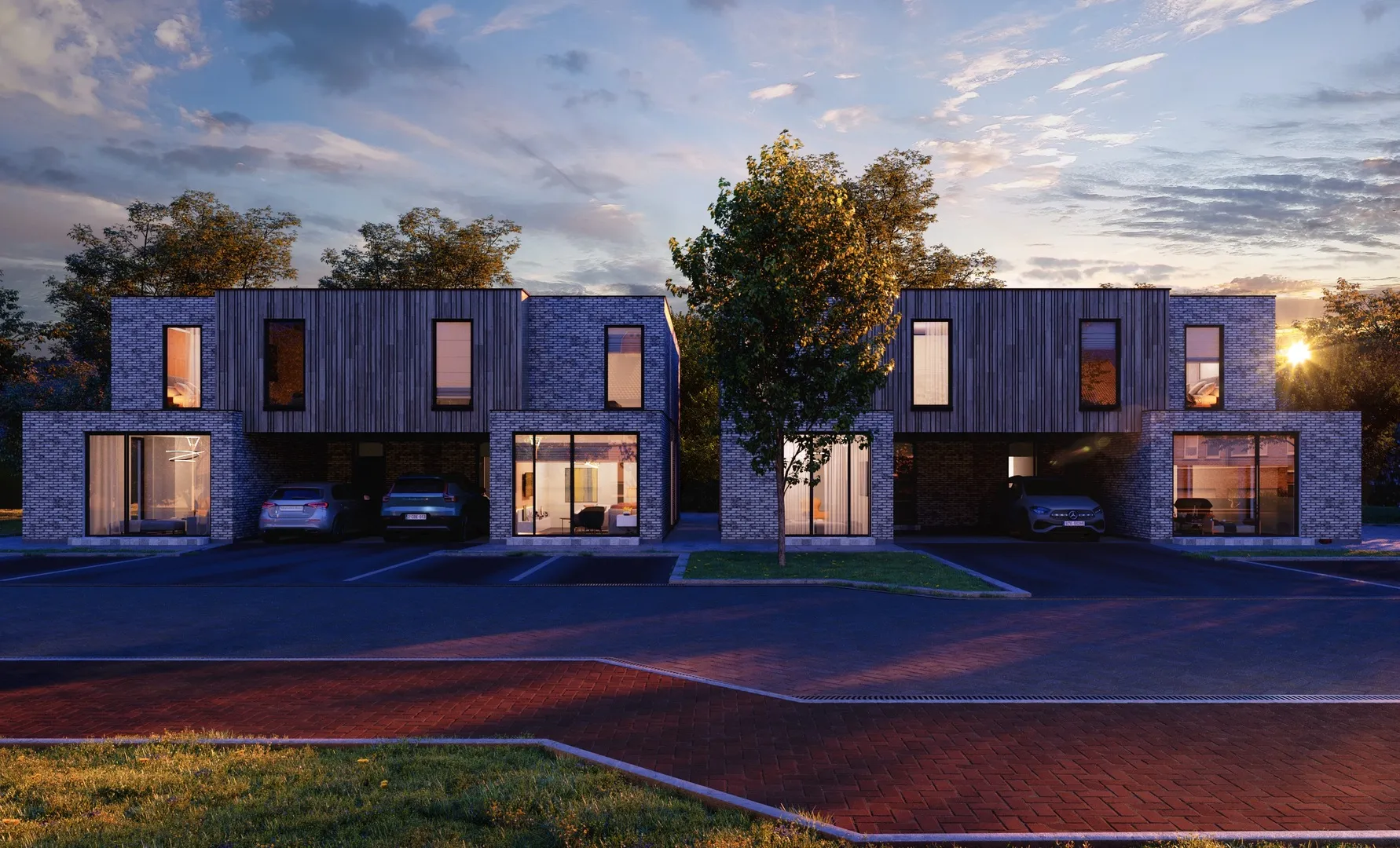
3D images in the evening and morning: emotion through light and shadow
Choosing a specific part of the day in architectural visualizations is more than an aesthetic decision - it is a powerful storytelling tool that fundamentally influences the emotional experience of a space or building.
Morning and evening light offer unique qualities not available in afternoon visualizations, such as long shadows, warm color temperature, and dramatic lighting accents that bring architecture to life in a way that immediately appeals.
Where morning light evokes a sense of freshness, optimism and new possibilities, evening light creates an atmosphere of security, intimacy and elegance - each with its own application options depending on the type of project and the desired emotional response.
Modern 3D visualization techniques make it possible to simulate natural lighting conditions with unprecedented accuracy, including subtle atmospheric effects such as haze, light distribution and reflections that determine the credibility of the scene.
The choice between morning and evening atmosphere in visualizations is partly determined by the intended use of the building, the target group and the story to be told, factors that are carefully considered when determining optimal lighting conditions.
The impact of morning and evening light on architectural visualizations
The manipulation of light in 3D visualizations is one of the most distinguishing factors that determines whether an image merely informs or actually motivates and convinces.
Research into consumer behavior shows that potential buyers or tenants respond more strongly to visualizations with atmospheric lighting conditions than to technically correct but emotionally neutral daylight images.
Evening visualizations are particularly effective for projects where fun, luxury or entertainment are key, such as homes, restaurants or hotels, because the warm light and visible lighting create a sense of welcome and comfort.
Morning visualizations work great for projects that want to radiate freshness, energy, or functionality, such as offices, healthcare facilities, or schools, where the bright light and long shadows evoke a sense of opportunity and productivity.
The seasonality of light can also be used strategically, with summer evenings evoking associations other than winter morning twilight, elements that can be tailored to the intended timeline and positioning of the project.
Technical aspects of light and atmosphere in 3D visualizations
Creating compelling morning and evening atmospheres in 3D visualizations requires specialized knowledge of both technical and artistic aspects of lighting behavior and composition.
Physically correct light modeling forms the basis, simulating the exact properties of sunlight at different times, including color temperature, intensity, direction and diffusion depending on atmospheric conditions.
For evening scenes, the balance between natural ambient light and artificial lighting is crucial, with interior lighting, façade lighting and street lighting being carefully orchestrated to form a coherent and believable whole.
Material interaction with light plays an essential role, with the rendering engine accurately calculating how different surfaces reflect, absorb or scatter light, from mirrored glass facades to matte stone surfaces.
Post-processing techniques such as color correction, atmospheric effects and subtle lens effects contribute to the filmmaker-like quality of visualization, blurring the boundary between architectural visualization and cinematography.
The deliberate use of compositional elements such as silhouettes, backlighting and selective lighting directs the viewer's attention and highlights key aspects of the design, while at the same time creating an emotional undertone that matches the project.











